Optimal Timing for Geothermal Installations
Determining the optimal time for geothermal installations depends on climate, project scope, and site conditions. Generally, installation is most efficient during moderate weather periods when ground conditions are stable. Avoiding extreme cold or heat can facilitate easier excavation and system setup.
Spring and fall often provide ideal weather conditions for geothermal installation, reducing delays caused by weather-related issues.
In regions with harsh winters or hot summers, scheduling during milder months minimizes ground freezing or excessive heat, improving installation efficiency.
Planning installations during periods of low construction demand can lead to faster project completion and better resource availability.
Soil moisture and temperature influence drilling and trenching. Cooler, moist soil conditions are preferable for easier installation.
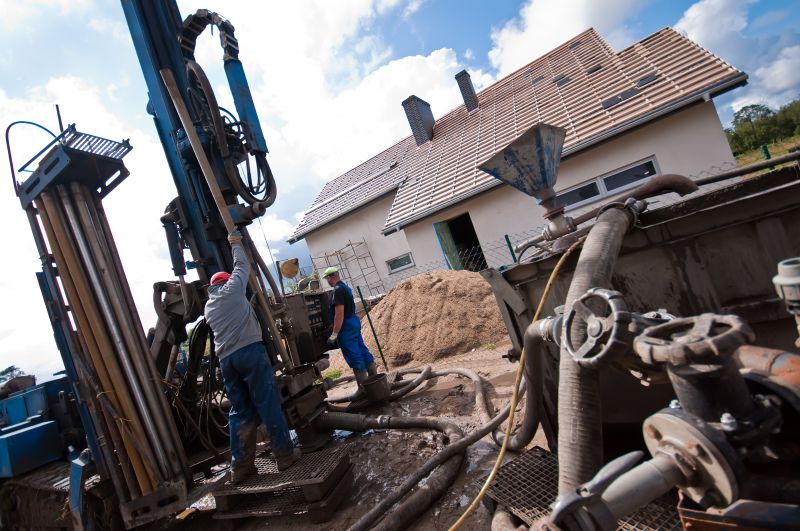
Ways to make Geothermal Installations work in tight or awkward layouts.

Popular materials for Geothermal Installations and why they hold up over time.

Simple add-ons that improve Geothermal Installations without blowing the budget.
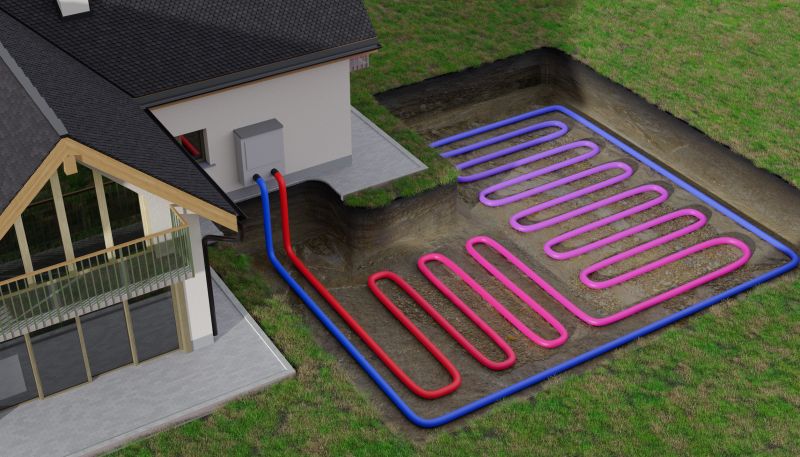
High-end options that actually feel worth it for Geothermal Installations.

Finishes and colors that play nicely with Geothermal Installations.

Little measurements that prevent headaches on Geothermal Installations day.
Geothermal installations harness the stable temperatures of the earth to provide efficient heating and cooling solutions. These systems involve drilling deep into the ground to install loops that transfer heat between the earth and the building. Proper timing of installation can impact system performance, cost, and longevity.
Statistics indicate that geothermal systems can reduce energy costs significantly, often by up to 70 percent compared to conventional HVAC systems. Installation costs vary based on site conditions and project size but tend to be offset by long-term savings and energy efficiency. Planning installation during optimal weather conditions can minimize disruptions and ensure system reliability.

A 60-second routine that keeps Geothermal Installations looking new.
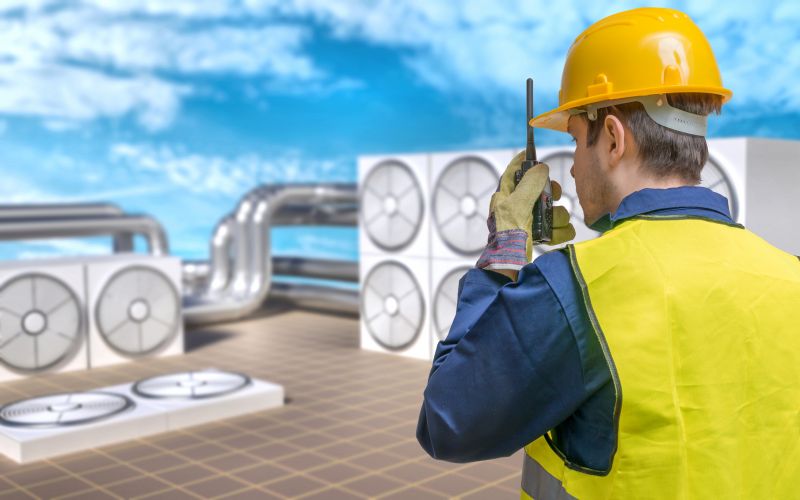
A frequent mistake in Geothermal Installations and how to dodge it.

Small tweaks to make Geothermal Installations safer and easier to use.
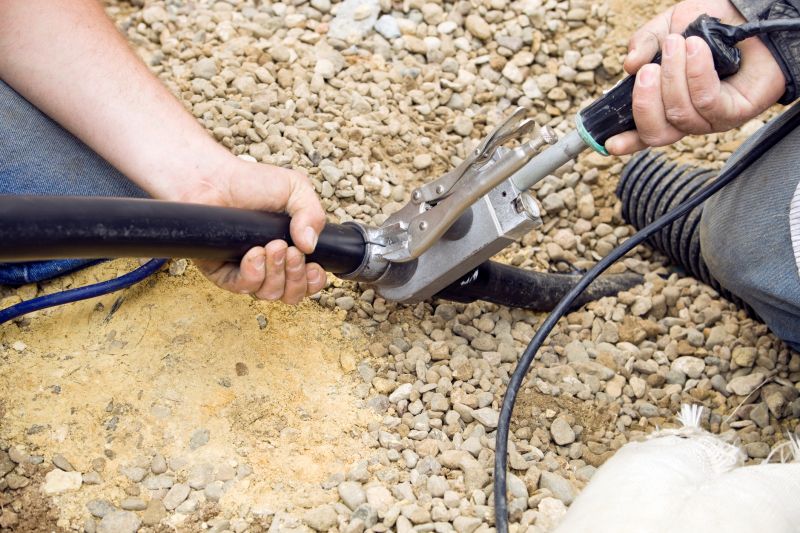
Lower-waste or water-saving choices for Geothermal Installations.
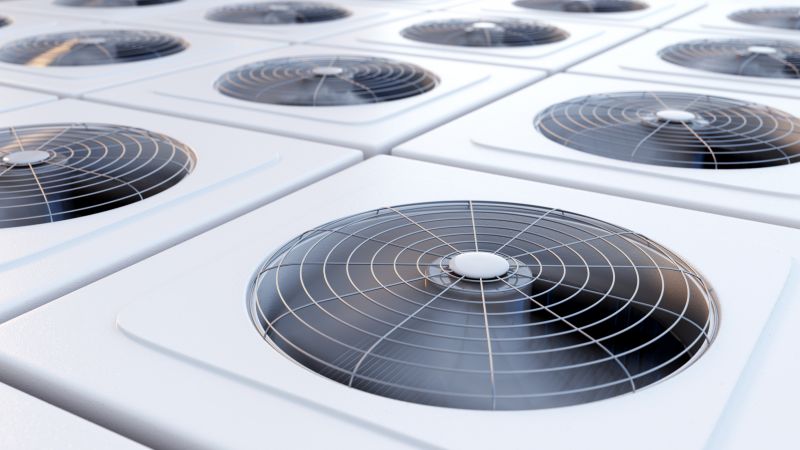
The short, realistic tool list for quality Geothermal Installations.

Rough timing from prep to clean-up for Geothermal Installations.

Quick checks and paperwork to keep after Geothermal Installations.

Examples that show the impact a good Geothermal Installations can make.
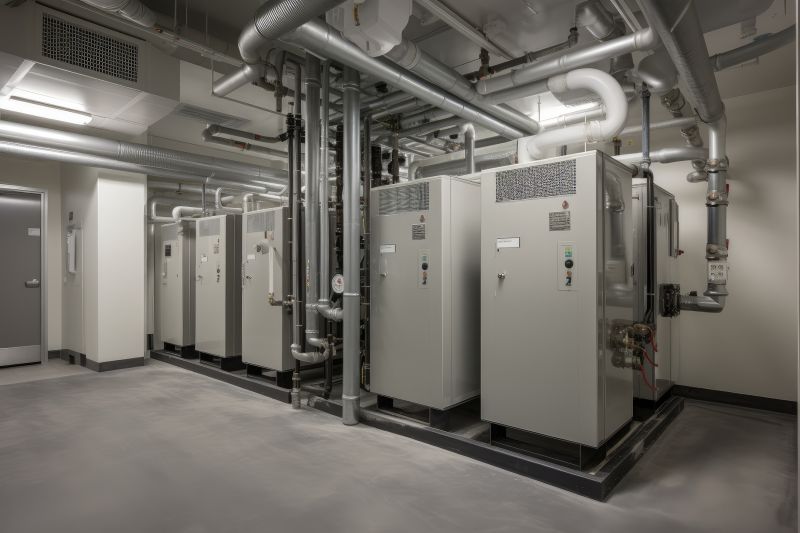
Ways to make Geothermal Installations work in tight or awkward layouts.
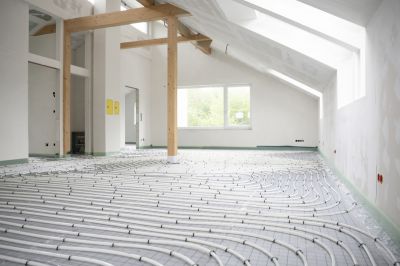
Ways to make Geothermal Installations work in tight or awkward layouts.
Interested in geothermal installations? Filling out the contact form can provide tailored information about scheduling and project planning to ensure optimal timing for installation.



